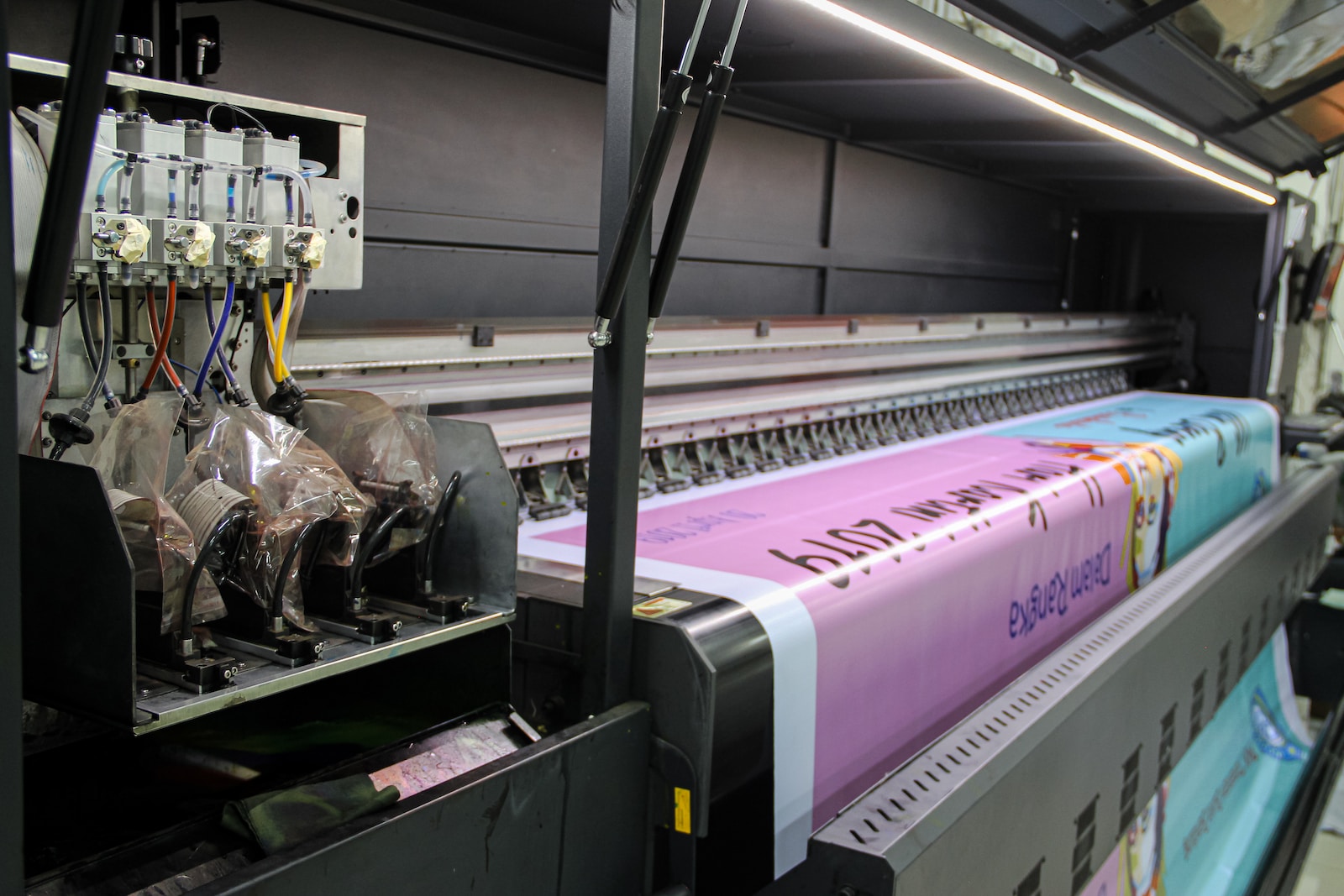Archival printing is a process that ensures your cherished memories are preserved for generations to come. This method involves using high-quality materials and techniques that meet strict standards for longevity and durability. It goes beyond simply printing a photograph; it focuses on creating prints that can stand the test of time and retain their quality even after many years.
Table of Contents
Why Choose Archival Quality Prints?
When it comes to preserving your photographs, using archival quality prints is essential. Unlike conventional printing methods, archival printing uses acid-free papers and archival-grade inks. These materials are specifically designed to resist fading, discoloration, and deterioration, ensuring that your prints maintain their clarity and vibrancy for decades. By investing in archival quality prints, you are safeguarding your memories and ensuring they can be enjoyed by future generations.
Choose the Right Paper
The choice of paper plays a crucial role in the longevity of your prints. Look for papers that are acid-free and lignin-free, as these materials are less likely to degrade over time. Additionally, opt for papers with a weight of at least 250 gsm (grams per square meter) to ensure durability and prevent wrinkling or curling.
Select Archival-Grade Inks
The type of ink used in printing can significantly impact the lifespan of your prints. Archival-grade inks are specifically formulated to withstand fading and maintain color accuracy over time. These pigment-based inks offer superior longevity compared to their dye-based counterparts, making them the ideal choice for archival printing.
Handle Prints with Care
Even with the best quality materials, the way you handle and store your prints can affect their longevity. Always handle prints with clean, dry hands to prevent oils, moisture, and dirt from transferring to the surface. When displaying your prints, choose frames with UV-filtering glass to protect them from harmful ultraviolet rays.
Storage and Preservation
Proper storage is vital for preserving archival quality prints. Store your prints in acid-free, archival sleeves or boxes. Keep them away from direct sunlight, extreme temperatures, and high humidity levels. Regularly inspect your prints for signs of deterioration and take necessary measures to ensure their longevity, such as rehousing or re-framing if needed.
Archival Printing for Artwork
Archival printing is not limited to preserving photographs; it is also invaluable for artwork. Artists can reproduce their paintings, drawings, and digital creations using archival printing methods, ensuring the longevity and quality of their work. This allows their art to be enjoyed by collectors, galleries, and art enthusiasts for years to come.
The Future of Archival Printing
As technology continues to advance, the world of archival printing evolves as well. New techniques and materials are constantly being developed to further enhance the lifespan and quality of prints. From improved inks to innovative storage solutions, the future holds exciting possibilities for keeping our memories intact for generations.
Interesting fact: The oldest known photograph, taken in 1826, still exists today, thanks to the use of archival printing techniques. It serves as a testament to the longevity and preservation power of archival quality prints.
Preserving Your Legacy
By embracing archival printing and creating quality prints, you are not only preserving your memories but also leaving a lasting legacy for future generations. Don’t let time fade away those precious moments; invest in archival quality prints and ensure that your memories remain vibrant and intact, telling your story for years to come.
Overcoming Challenges in Archival Printing
When it comes to preserving photographs, archival printing is the key to ensuring that your memories withstand the test of time. Let’s take a look at a relevant case study that highlights the challenges one photographer faced and how they overcame them to create long-lasting, high-quality prints.
The Challenge: Fading and Deterioration
Photographer Jenna Johnson had always been passionate about capturing breathtaking landscapes and preserving the essence of each moment. However, she soon realized that conventional printing techniques were not enough to maintain the original vibrancy and details of her photographs. Over time, she noticed that her prints were fading and deteriorating, leaving her with compromised memories.
Discovering Archival Printing
Determined to find a solution, Jenna delved into the concept of archival printing. She learned that this specialized technique uses high-quality materials and acid-free paper to create prints that can withstand environmental factors and retain their color and sharpness for generations.
Overcoming the Challenges
Armed with this newfound knowledge, Jenna embarked on a mission to revitalize her photographic prints. She partnered with a professional printing lab that specialized in archival printing and began the process of reproducing her work using this technique.
One of the main challenges she faced was choosing the right paper for her prints. She experimented with different options, such as cotton rag paper and alpha cellulose paper, to find the perfect match for her style and aesthetic. Through trial and error, she discovered that cotton rag paper not only enhanced the richness of her images but also provided excellent longevity.
Another challenge Jenna encountered was finding a printing lab that understood her vision and could deliver consistent results. After extensive research and testing, she found a lab that shared her passion for preserving photographs. They worked closely together to ensure that each print was of the highest quality, using archival pigment inks that are known for their durability and fade-resistant properties.

The Benefits of Archival Quality Prints
Through her dedication to archival printing, Jenna was able to overcome the challenges of fading and deterioration. The benefits she experienced were far-reaching. Not only did her prints retain their original beauty, but they also became cherished heirlooms for her family and clients.
By using archival quality prints, she was able to offer her customers a product that they could proudly display in their homes and pass down to future generations. The longevity and quality of her prints became a selling point, setting her apart from other photographers in the industry.
Preserve Your Memories With Archival Quality Prints
In conclusion, archival printing is a game-changer when it comes to creating prints that can stand the test of time. By understanding the challenges faced by photographers like Jenna and the solutions they found, we can all learn how to create prints that preserve our memories for years to come. So, embrace the power of archival printing and ensure that your photographs become timeless treasures that can be enjoyed by future generations.
Frequently Asked Questions
What is archival printing?
Archival printing is a specialized printing process that utilizes high-quality materials and techniques to create prints that are meant to last for a long time. These prints are designed to resist fading, discoloration, and deterioration over time.
Why should I choose archival quality prints?
Archival quality prints are essential for preserving your precious photographs. These prints are made using acid-free paper and pigment-based inks, which ensure that the colors and details of your images remain vibrant and accurate over the years. By choosing archival quality prints, you can ensure that your memories will be preserved for generations to come.
How do I create archival quality prints?
To create archival quality prints, you need to consider several key factors. First, make sure to use acid-free and lignin-free paper, as these materials will resist yellowing and deterioration. Second, use pigment-based inks rather than dye-based inks, as pigment inks have better longevity and color stability. Finally, store and display your prints in a controlled environment with minimal exposure to light, heat, and humidity.
Can I convert my existing photos into archival quality prints?
Yes, it is possible to convert your existing photos into archival quality prints. However, the quality of the original photo and the scanning process will greatly affect the outcome. It is recommended to work with a professional printing service that has experience in archival printing to ensure the best results.
How long do archival quality prints last?
When created and cared for properly, archival quality prints can last for several decades, if not longer. The longevity of the prints also depends on factors such as the quality of materials, display conditions, and proper handling and storage.
Where can I find a reliable archival printing service?
There are many printing services that offer archival printing options. It is important to do some research and choose a service that has a good reputation, positive customer reviews, and uses high-quality materials. Some renowned online printing platforms also offer archival printing services, allowing you to conveniently order prints from the comfort of your home.
Wrap Up
In conclusion, archival printing is a crucial aspect of preserving your precious memories for future generations. By using the right techniques and materials, you can ensure that your prints maintain their quality and withstand the test of time.
Investing in archival quality prints is a wise decision if you want to cherish your photographs for years to come. Take the time to research and find a reputable printer that offers high-quality materials and techniques.
We hope this blog has provided valuable insights and tips on how to create prints that can stand the test of time. If you have any questions or suggestions, we encourage you to leave a comment below and share your thoughts with us. Let’s preserve our memories together!

